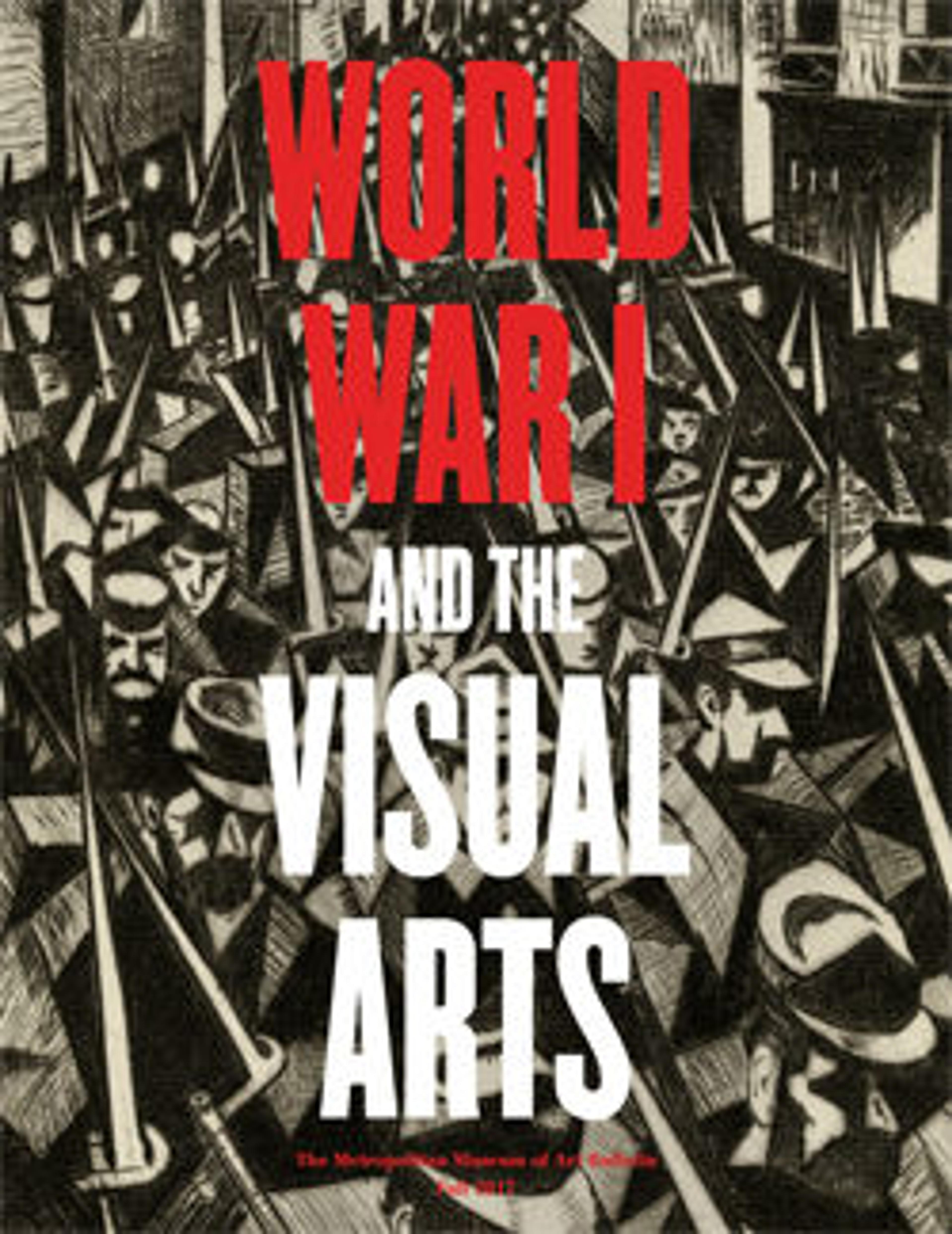The Exodus--1915 [L’exode – 1915]
Steinlen, who moved to Paris from Brussels in 1881, had a lifelong concern with the plight of the working class and marginalized populations. The subject of displaced people appears frequently in his wartime work. Between 1914 and 1915 nearly two hundred thousand refugees fled Belgium; this print, also called The March of the Orphans, depicts an exodus after a German attack. A stoic mother holding an infant leads a sea of children. Individualized subjects in the foreground give way to faceless figures in the background, which Steinlen suggests with quick, sweeping lines that blend into the vast horizon. The mother’s eyes fixate with strength and despondence on the distant unknown, while the children’s expressions remain ambiguous and unsure. The landscape behind them is suggestive of their displacement and migration from home.
Artwork Details
- Title: The Exodus--1915 [L’exode – 1915]
- Artist: Théophile-Alexandre Steinlen (French (born Switzerland), Lausanne 1859–1923 Paris)
- Date: 1915
- Medium: Lithograph
- Dimensions: Image: 18 7/8 × 16 1/8 in. (48 × 41 cm)
Sheet: 25 11/16 × 19 13/16 in. (65.3 × 50.3 cm) - Classification: Prints
- Credit Line: Gift of Mrs. Edward C. Moën, 1960
- Object Number: 60.593.16
- Curatorial Department: Drawings and Prints
More Artwork
Research Resources
The Met provides unparalleled resources for research and welcomes an international community of students and scholars. The Met's Open Access API is where creators and researchers can connect to the The Met collection. Open Access data and public domain images are available for unrestricted commercial and noncommercial use without permission or fee.
To request images under copyright and other restrictions, please use this Image Request form.
Feedback
We continue to research and examine historical and cultural context for objects in The Met collection. If you have comments or questions about this object record, please complete and submit this form. The Museum looks forward to receiving your comments.
